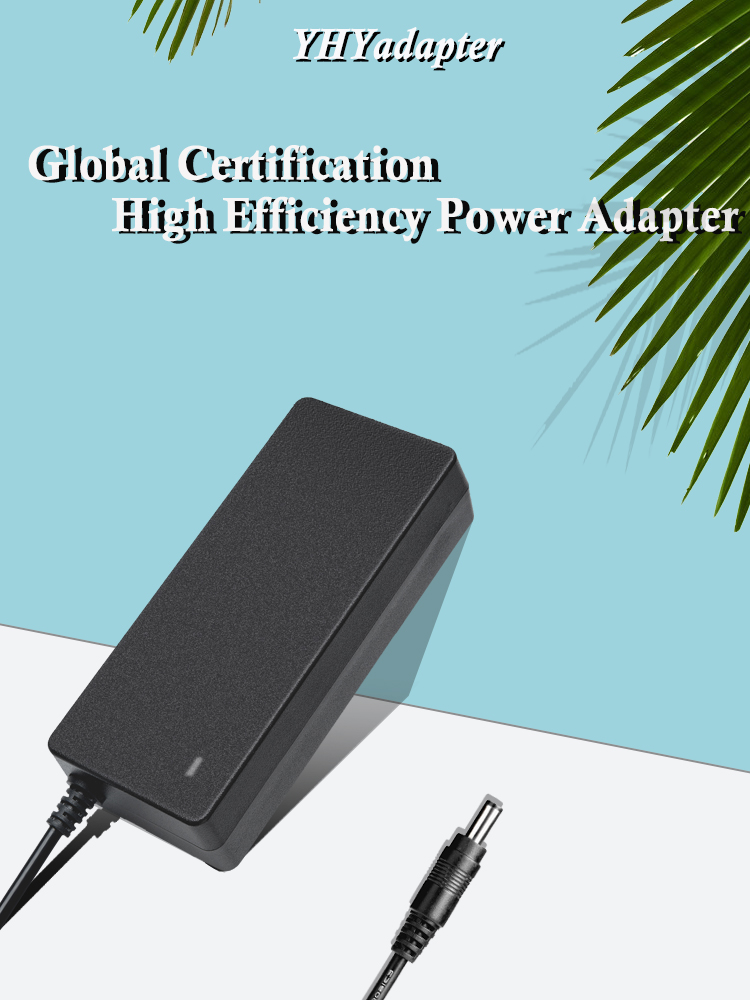Blog
The Structure And Working Principle of Power Adapter EMI
Views : 1095
Update time : 2021-11-03 16:02:45
AC DC power adapter filter is a low pass component, according to different national standards, it has different suppression frequency. Power adapter filters are usually used individually; If higher performance indicators are required, it can also be cascaded. Cascaded use can increase the attenuation amplitude of interference signals and expand the frequency range of suppression interference signals. The cascade of two filters, often made in a case, is a very practical form: it improves performance while reducing size and cost. Cascades of more filters are rarely used due to the small performance improvement and easy impact on circuit stability. Filters can usually be divided into single-phase AC, three-phase AC, DC filters. Ac filters are generally used at the inlet of the power adapter, while DC filters are used at the outlet of the power adapter (DC input/output).
A class 2 power supply 120vac 60hz filter is a low-pass filter circuit composed of inductors and capacitors. It allows the current of useful signals to pass through and has a large attenuation of the interference signals with higher frequencies. Because the interference signal has two kinds of difference mode and common mode, so the filter should be able to attenuate both kinds of interference. The working principle of the power adapter filter is to form a large characteristic impedance discontinuity along the transmission path of the RF electromagnetic wave and reflect most of the energy in the RF electromagnetic wave back to the source.
Filtering is an effective measure to suppress the interference, especially the conducted interference and radiation interference to the EMI signal of the power adapter. The conducted interference signal on any power adapter line can be represented by differential mode and common mode signals. In general, the difference mode interference is small in amplitude and frequency, resulting in small interference. Common mode interference amplitude, high frequency, but also through the wire radiation, resulting in greater interference. Therefore, the most effective way to reduce conducted interference and control EMI signal below the limit level specified in relevant EMC standards is to install EMI filters in the input and output circuits of power adapters. The operating frequency of the power adapter is 10~100kHz. Many EMC standards set the limit of conducted interference level from 10kHz. For the high frequency EMI signal produced by the power adapter, satisfactory results can be obtained by single out appropriate decoupling circuit or EMI filter with relatively simple network structure.
The EMI filter used at the input end of the power adapter is a bidirectional filter, which is a low-pass filter composed of capacitor and inductor. It can not only suppress the external electromagnetic interference introduced from the switching adapter line, but also avoid the noise interference emitted by the device itself. The circuit structure of EMI filter includes common mode choke (common mode inductance)L, differential mode capacitance Cx and common mode capacitance Cy.
A common-mode choke is a coil with the same number of turns, but in opposite directions, wound around two half rings on top and bottom of a magnetic loop (closed circuit). The flux direction of the two coils is the same. When common-mode interference occurs, the total inductance increases rapidly to produce a large inductive reactance, which can suppress common-mode interference, but has no effect on differential mode interference. In order to suppress common mode noise better, the magnetic core with high permeability and good high frequency performance should be option for common mode choke. The inductance of a common mode choke depends on the rated current.

A class 2 power supply 120vac 60hz filter is a low-pass filter circuit composed of inductors and capacitors. It allows the current of useful signals to pass through and has a large attenuation of the interference signals with higher frequencies. Because the interference signal has two kinds of difference mode and common mode, so the filter should be able to attenuate both kinds of interference. The working principle of the power adapter filter is to form a large characteristic impedance discontinuity along the transmission path of the RF electromagnetic wave and reflect most of the energy in the RF electromagnetic wave back to the source.
Filtering is an effective measure to suppress the interference, especially the conducted interference and radiation interference to the EMI signal of the power adapter. The conducted interference signal on any power adapter line can be represented by differential mode and common mode signals. In general, the difference mode interference is small in amplitude and frequency, resulting in small interference. Common mode interference amplitude, high frequency, but also through the wire radiation, resulting in greater interference. Therefore, the most effective way to reduce conducted interference and control EMI signal below the limit level specified in relevant EMC standards is to install EMI filters in the input and output circuits of power adapters. The operating frequency of the power adapter is 10~100kHz. Many EMC standards set the limit of conducted interference level from 10kHz. For the high frequency EMI signal produced by the power adapter, satisfactory results can be obtained by single out appropriate decoupling circuit or EMI filter with relatively simple network structure.
The EMI filter used at the input end of the power adapter is a bidirectional filter, which is a low-pass filter composed of capacitor and inductor. It can not only suppress the external electromagnetic interference introduced from the switching adapter line, but also avoid the noise interference emitted by the device itself. The circuit structure of EMI filter includes common mode choke (common mode inductance)L, differential mode capacitance Cx and common mode capacitance Cy.
A common-mode choke is a coil with the same number of turns, but in opposite directions, wound around two half rings on top and bottom of a magnetic loop (closed circuit). The flux direction of the two coils is the same. When common-mode interference occurs, the total inductance increases rapidly to produce a large inductive reactance, which can suppress common-mode interference, but has no effect on differential mode interference. In order to suppress common mode noise better, the magnetic core with high permeability and good high frequency performance should be option for common mode choke. The inductance of a common mode choke depends on the rated current.



